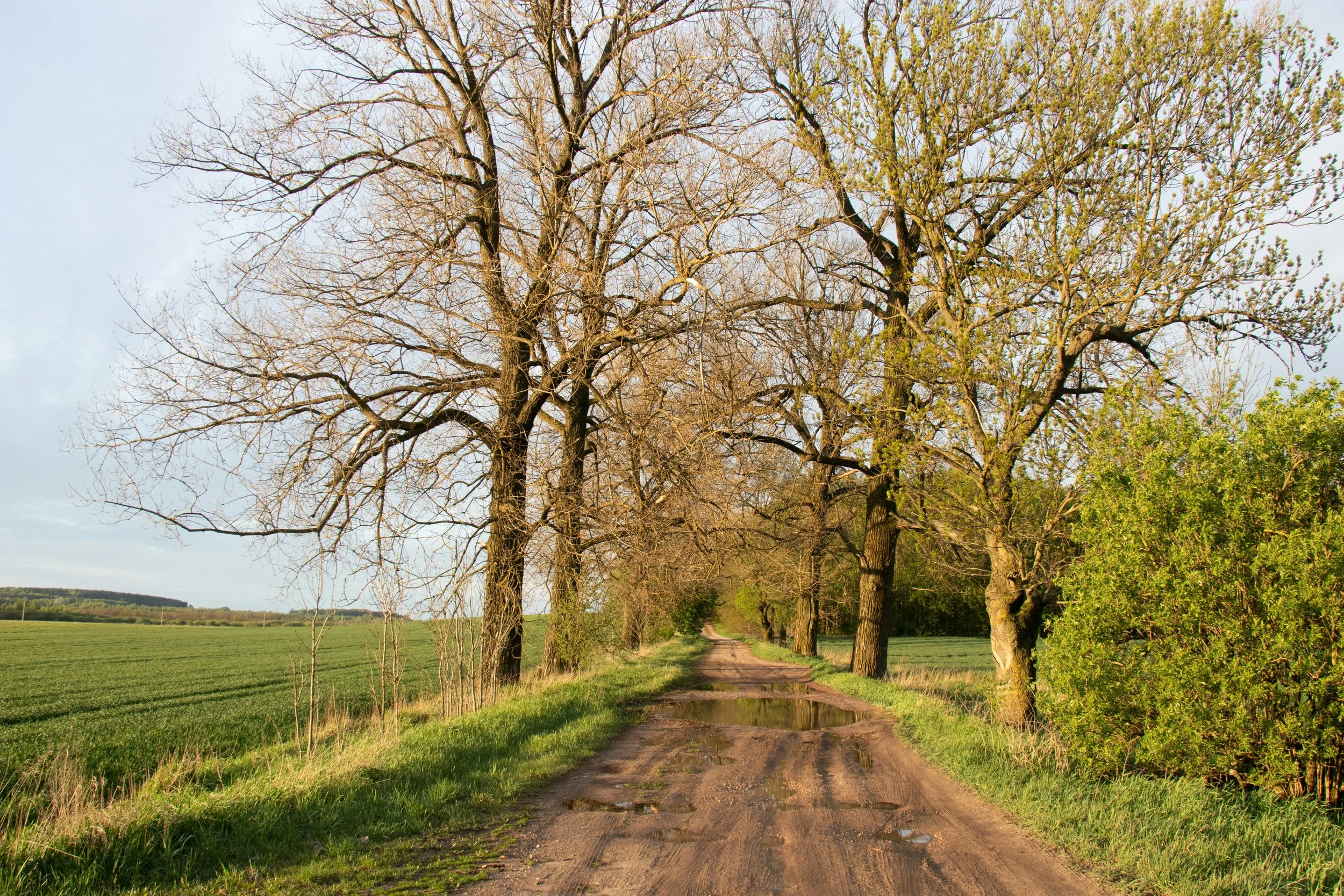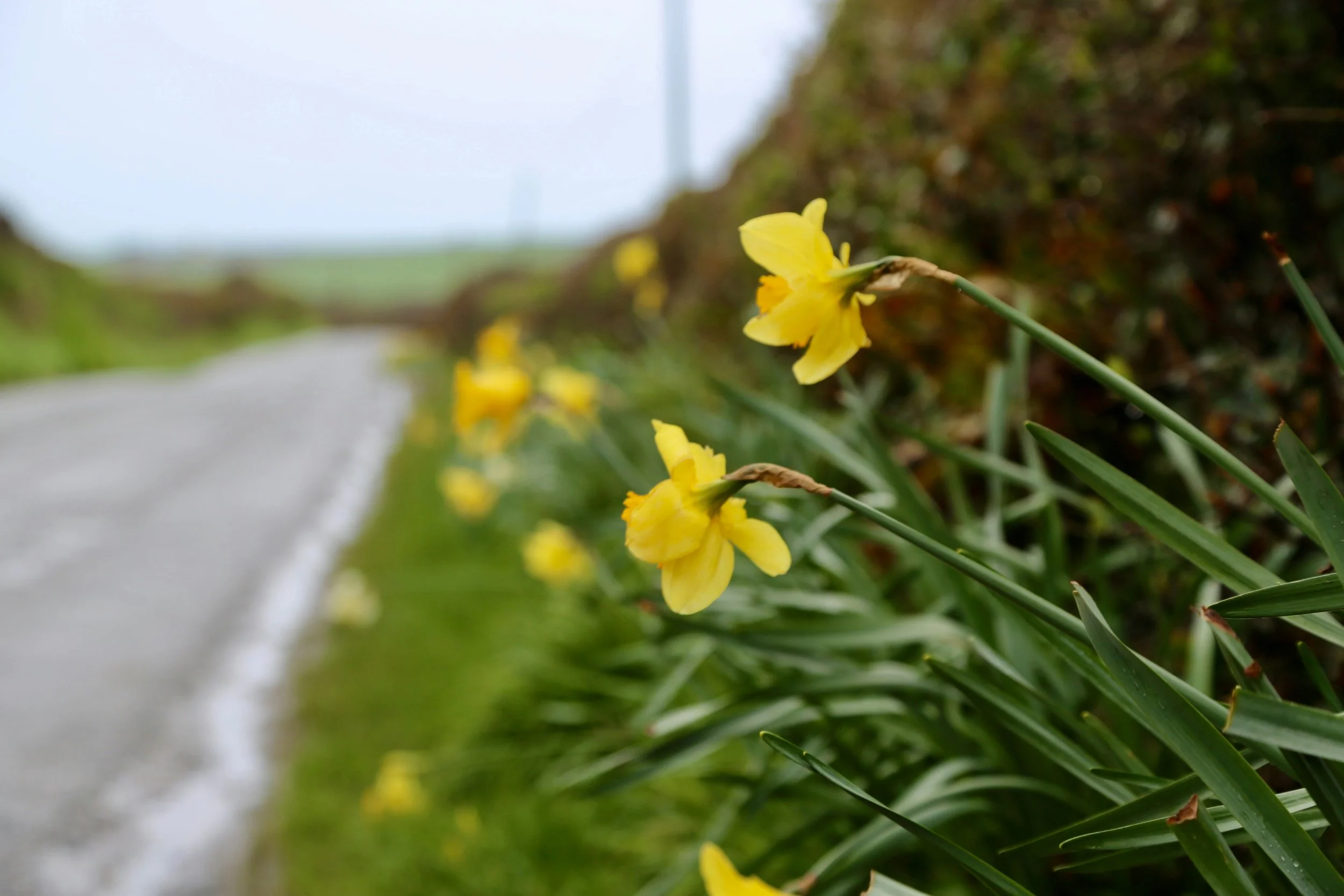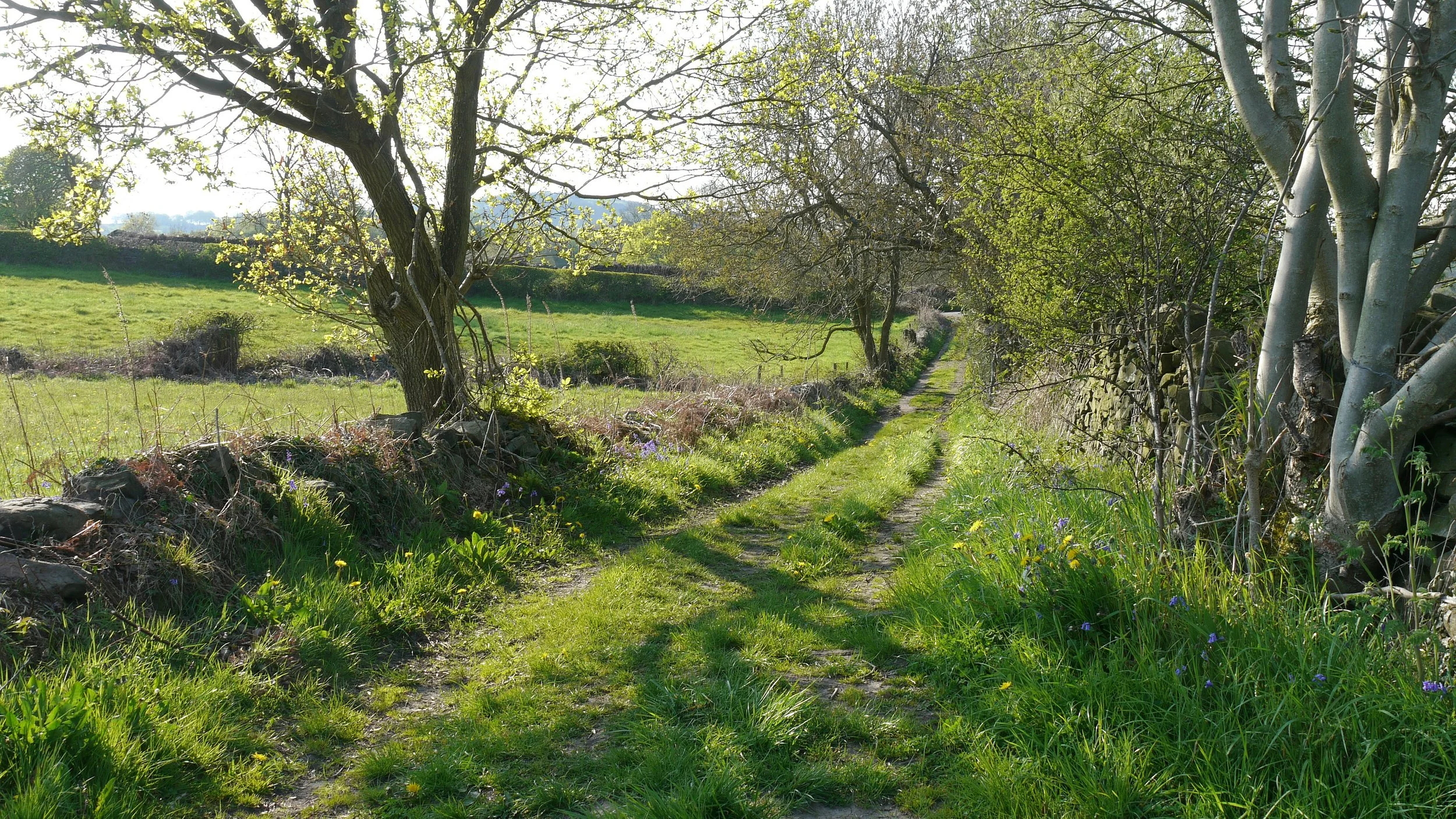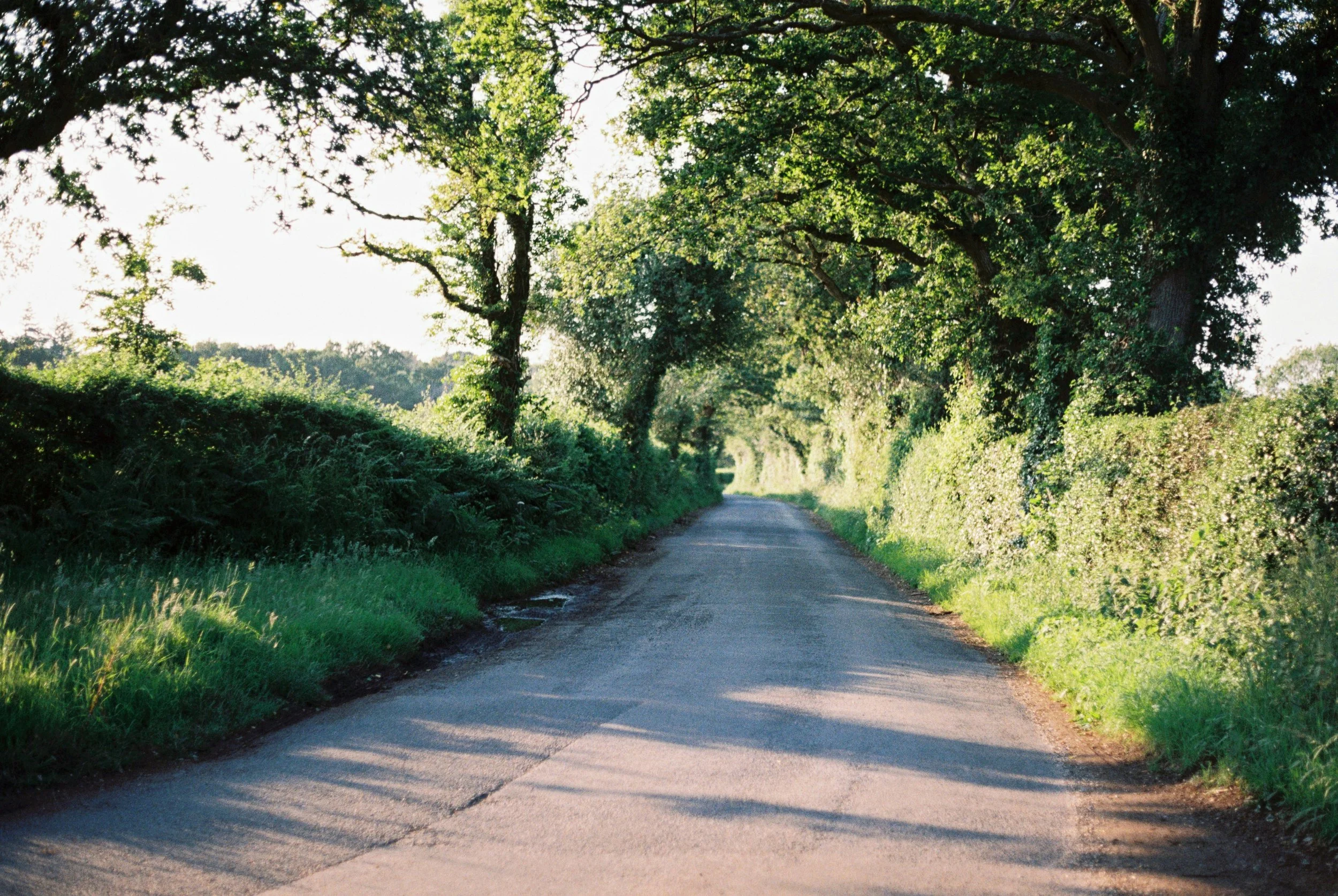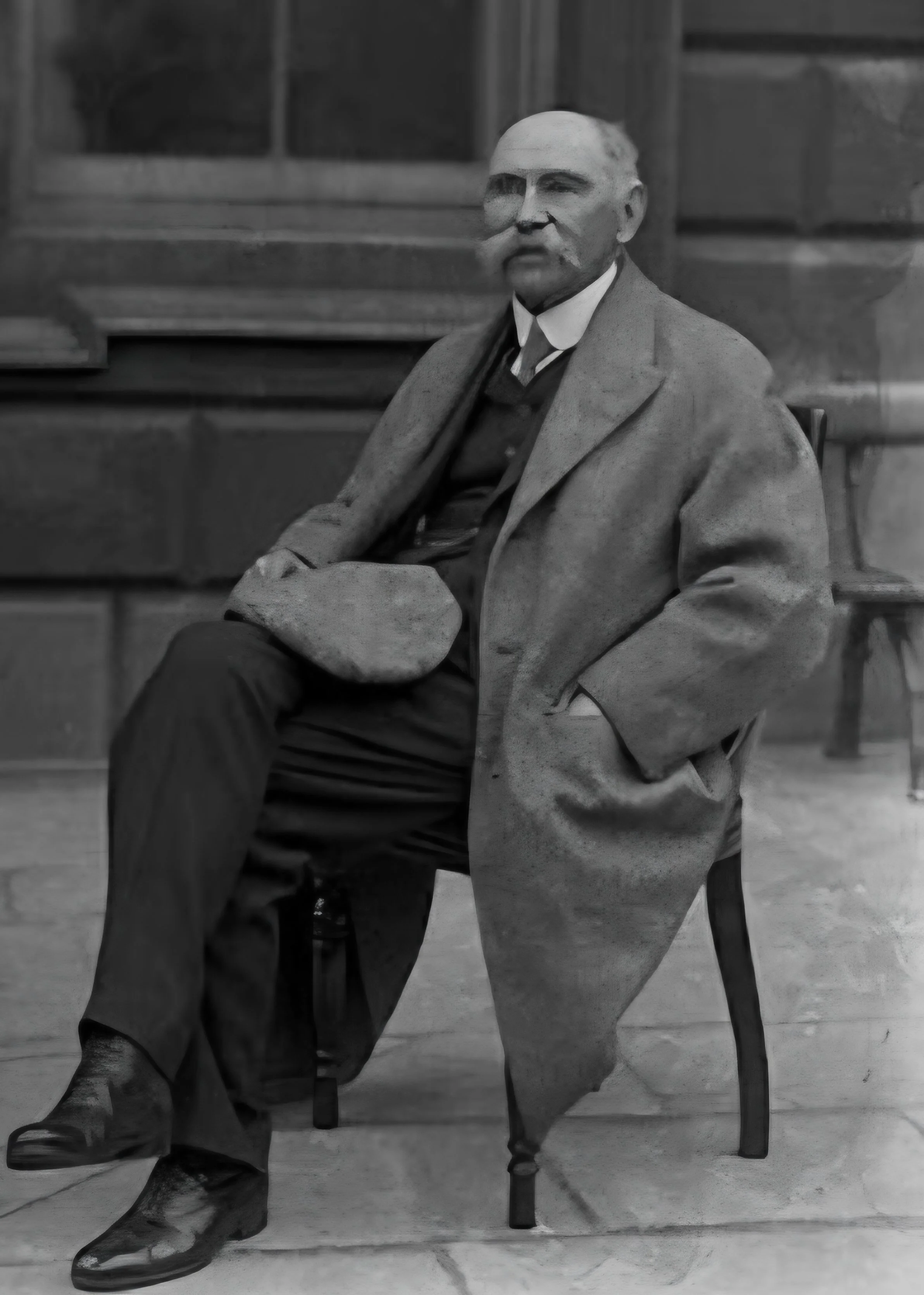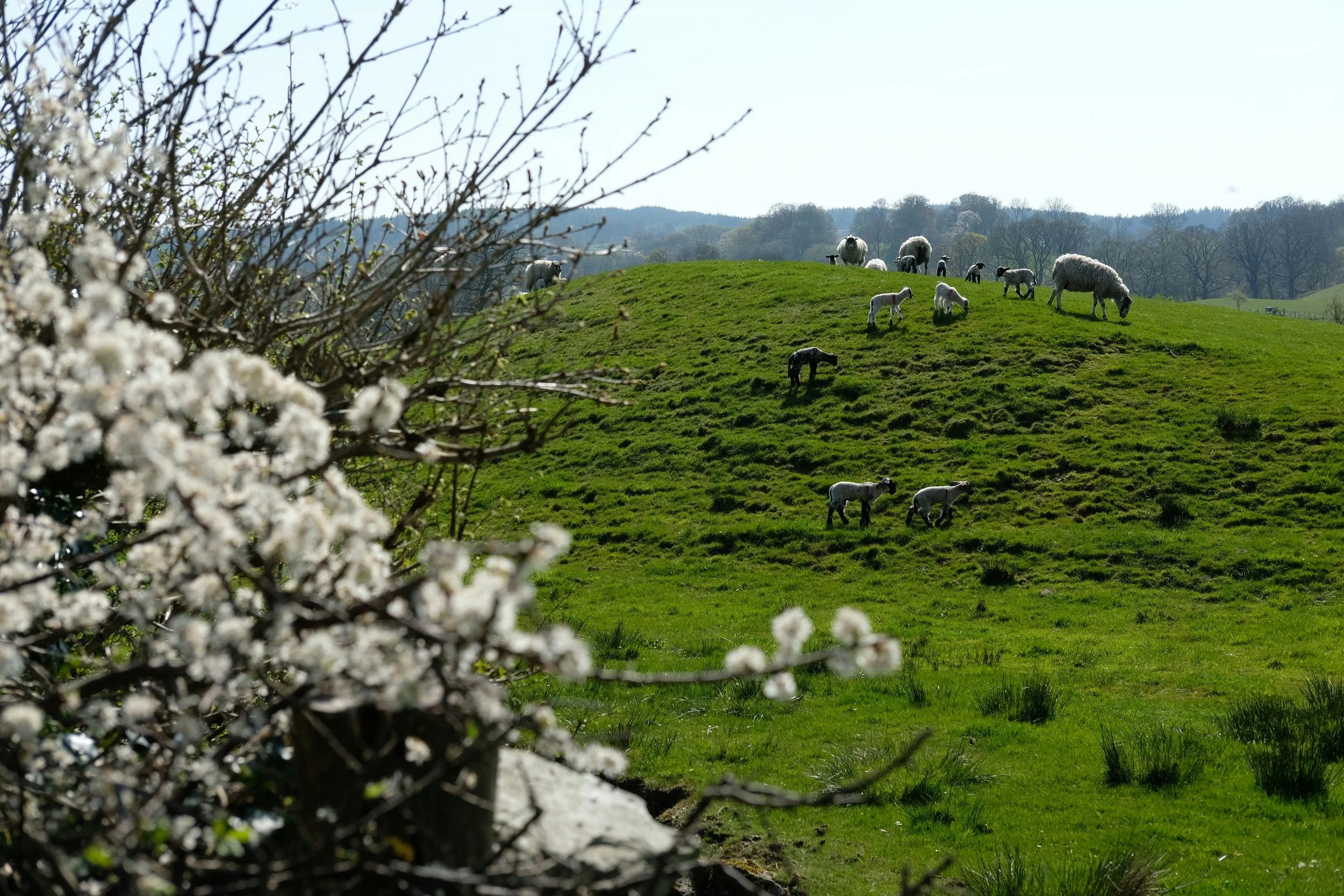Raftery, The Last of the Wandering Bards [Video]
The Journey Home - “Now that Spring is coming…”
Cill Aodáin (Killedan) is a town in Mayo, and it is also the homeplace of the Irish poet Antoine O Raifteirí (Anthony Raftery). Raftery was born in 1779 and died on Christmas Day, 1835. He wrote a poem called Cill Aodáin (“Anois Teach an Earraigh”/ “Now that Spring is coming”), which is a very well-known and much-loved poem in Ireland.
It is a beautiful, heart-lifting celebration of Spring. This poem, which is sometimes also sung as a song, is like the spring season, full of a sense of hope and anticipation. The long winter evenings are behind him, and the poet is making plans. He speaks about his hope and dream of returning to his childhood homeplace, Cill Aodáin. The poem describes his excitement as he recounts what he will do when he arrives there. He says that after the feast day of St Brigid (which is the 1st of February), he will raise his sail and embark on his journey home.
Anois teacht an earraigh
Beidh an lá ag dul chun síneadh
'S tar éis na Féile Bríde
Ardóidh mé mo sheol
Ó chuir mé i mo cheann é
Ní stopadh mé choíche
Go seasfaidh mé síos
I lár Chontae Mhaigh Eo
I gClár Chlainne Mhuiris
A bheas mé an chéad oíche,
Is I mballa taobh thíos de
A thosós mé ag ól
Go Coillte Mách rachad
Go ndéanfad cuairt mhíosa ann
bhfogas dhá mhíle
Do Bhéal an átha Mhóir.
Cill Aodáin an baile
a bhfásann gach ní ann,
Tá sméara is subh craobh ann
is meas de gach sórt,
Is dá mbéinnse i mo sheasamh
i gceartlár mo dhaoine
D'imeodh an aois díom
is bheinn arís óg.
Now with the coming spring
the days are getting longer
and after the feast of Bridget
I will raise my sail
Since I have it in my head
I will not settle
Until I stand down
in the middle of County Mayo
In the town of Claremorris
I will spend my first night
and in the town of Balla
I'll raise my glass in a toast,
To Kiltimagh, I will travel then,
And linger a month there
Within easy reach of two miles
to the town of Ballinamore.
Killeadan's a place,
where all good things flourish,
There are Blackberries and raspberries
with treats of all sorts
Were I to stand there again
in the heart of my people
Age would fall from me
and I would once again be restored.
Antoine O Raifteiri (Anthony Raftery) was an 18th-century blind Irish poet and fiddle player who came from the ancient bardic tradition. He walked the roads of Mayo and, later, predominantly, around south Galway, playing music and reciting poetry. This was in the time before the famine.
In ancient Gaelic culture, the bard was a professional storyteller, verse-maker, composer, historian, and, in many ways, a genealogist. They were employed by a patron (such as a chieftain, or later on, a landlord) to commemorate one or more of the patron's ancestors and to praise the patron's own activities.
Raifteirí An File - (Raftery the Poet) - His Beginnings
Raftery was the son of a weaver who worked for the local Landlord, Frank Taaffe, of Kiltimagh, Mayo. Raftery himself also worked for the landlord until, it is said, he was thrown out after an accident in which one of the landlord’s favourite horses died.
Sometime between 1785 and 1788, in childhood, his life changed tragically and utterly. He lost his sight due to smallpox. By all accounts, It all started with a cough and a rash on Antoine’s hand. Soon, two of his young siblings began experiencing headaches. Another child had a high fever. Soon, the children were covered in that same rash. They had contracted smallpox. Within three weeks, eight of the nine children had died. One of the last things young Antoine saw before going blind was his eight siblings laid out dead on the floor (1, 4).
It is hard to comprehend the profound grief and severe trauma of such an experience. What I always find extraordinary whenever I read his work is how much beauty he found in the world around him. I am always struck by how the meaning of the words, when translated into English, pale in comparison to the rich beauty of the meaning when spoken in the poet's native Irish language.
His poems describe the beauty of life, of love, of nature, and the experience of grief and loss. He lived through the 1798 Rebellion, the Tithe War and the beginning of the Repeal Movement. He lived through the struggle for Catholic Emancipation. All this before the famine.
Douglas Hyde and Raftery
Dubhghlas de hÍde (Douglas Hyde, 17 January 1860 – 12 July 1949) was an Irish academic, linguist, scholar of the Irish language, politician, and diplomat who served as the first president of Ireland from June 1938 to June 1945. He was known as An Craoibhín Aoibhinn (his pen name, which, when translated, means ‘the pleasant little branch’). He was a leading figure in the Gaelic revival and the first President of the Gaelic League, one of Ireland's most influential cultural organisations at the time.
Douglas Hyde played a great part in preserving the work of Raftery, the poet. Raftery never wrote his poems down but taught them to others during his lifetime. Douglas Hyde came across the poems quite by chance one day when he was out walking. As he recounts, he was out walking one winter’s morning, and came across an old man sitting at the door of his cottage, singing the lines of this spring poem Cill Aodáin.
Hyde listened to his recitation and fell in love with the poem. So much so that he asked the man to teach him the words. Some years later, Hyde was in the Royal Academy of Ireland undertaking some research and happened to find the poem in written form in the archives. The poet was none other than Raftery.
We owe a debt of gratitude to Douglas Hyde and Lady Gregory, who recognised the importance of these stunning poems. They went about collecting them from people like the man at his cottage door. Hyde published his first collection of the songs and poems of Raftery in 1903.
Dubhghlas de hÍde (Douglas Hyde)
Raftery - The Ripple Effect - Poetry and Beauty
“Gentle wave upon the water of life.”
I visited Raftery’s grave some years ago for the first time and make it a regular visit each spring season. He is buried in an old churchyard in Killeeneen in Co Galway. W. B. Yeats and Lady Gregory had placed a gravestone on the grave to mark it. It was an unmarked grave before then. Raftery died on Christmas Eve in 1836 in a house in Kiltartan, South Galway. From local lore, it is said that “a wind blew sharply the night he died, and during the funeral, and the candles never quenched. That, according to a witness. “shows that the Lord had a hand in him.”(2)
Placing a stone on his grave was a gesture of reverent recognition of Raftery, the poet.
It was also, I think, a testament to the soul’s eternal need for beauty, for poetry and the love for poetry that lives in the hearts of the Irish people.
In Douglas Hyde’s introduction to his book about Raftery, he describes how the death of a poet has a ripple effect on the world.
Here are the first President of Ireland's own words:
“When a stone is thrown into water the water is moved. The stone falls to the bottom and lies there, but long after its fall the movement of the water remains, and the wave that the stone has raised is perceived upon the top. This wave swims out from the centre like a great ring until it reaches the bank.
It occurred to me, while collecting Raftery's poems, that occasionally a poet falls from Heaven into the world like a stone into water. The poet is snatched from us by death, his body falls into the earth, but the movement which he has aroused remains, and his poems raise a little, quiet, gentle wave upon the water of life which floats far out from the poet's own native place. And so it chanced that I met the wave that Anthony O'Raftery had raised, some eighty miles from his native place and some forty years after his body being laid in the old churchyard of KiLlleenin. I had risen out of a fine frosty day in winter, my little dog at heel and gun on shoulder, and it was not long I had gone until I heard the old man at the door of his cottage and he singing sweetly to himself…
…Now, on the coming of spring, the day will be-stretching...” (5)
Raftery’s ripple in the water of life still reaches us today, reaching wider and wider still, almost 200 years since his passing. I often wonder what he would make of that.
You can read more about him in a previous Reflection of mine, and watch the video of another of his well-known poems here.
New Meditation!*
I have created a special 26-minute visual meditation to welcome the spring season in our outer world and how it can support us now in deepening our exploration of our own inner world. The meditation weaves in my native language, Gaeilge, the Irish language (with English translation), taking you on a journey through embodied breathwork, weaving in the stories of the Celtic springtime goddess, Brigid and welcoming spring through video images of flora and fauna and stunning vistas of Ireland...
References:
(1), "The Deel Basin : a historical survey". Crossmolina Historical & Archaeological Society. 2 (8). [Crossmolina]: 106. 1990.(2)Many Leaves, One Root, a History of the parish of Kiltartan, by Mary de Lourdes Fahy RSM. The Kiltartan Gregory Cultural Society 2004(3) Raftery's Praise of Mary Hynes." translated by Lady Augusta Persse Gregory (1852-1932)Publication: The Kiltartan Poetry Book. by Lady Gregory. New York: G. Putnam's Sons, 1919. pp. 31-33.(4) Tadhg Mac Dhonnagáin (2015) Mise Raiftearaí: An Fíodóir Focal. futa fata (5) Douglas Hyde (1903) “Songs Ascribed to Raftery”. 